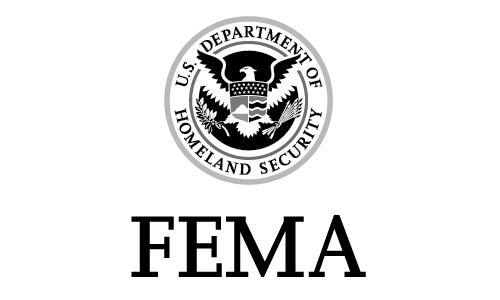Public Comment Period: Pheasant Branch Tributary Greenway Enhancement Project, Madison, Wisconsin

FINAL PUBLIC NOTICE FOR A PROPOSED ACTIVITY WITHIN IN FLOODPLAIN OR WETLAND. Public comments can be submitted through April 26, 2023.
Date: March 27, 2023 - April 27, 2023
Important Date
Event Details
The City of Madison, in conjunction with Wisconsin Emergency Management, has applied for Hazard Mitigation Assistance (HMA) funding from the Federal Emergency Management Agency (FEMA) for the Pheasant Branch Tributary Greenway Enhancement Project. Pursuant to Executive Order 11988 (Floodplain Management), Executive Order 11990 (Protection of Wetlands), and FEMA’s implementing regulations at Title 44 of the Code of Federal Regulations Part 9, FEMA hereby provides a statement of why the proposed action must be located in an area affecting a floodplain and wetland.
The City of Madison proposes to mitigate flood risks by expanding and enlarging existing greenways and ponds. The proposed project includes four main components: 1) Improvements to increase the greenway channels’ capacity and flood storage along 2,175 feet; 2) Enhancements, consolidation, and expansion of three existing small stormwater ponds into a larger greenway flood storage area; 3) Improvements to concrete culverts in five greenway crossing locations to reduce street and building flooding; and 4) Improvements to about 910 feet of storm sewer to mitigate street and building flooding and convey stormwater runoff into the greenway system. The proposed action will restore wetlands and enhance stormwater flow and filtration within the project area.
There are no practicable alternative sites or actions outside the floodplain and wetland. Four alternatives were considered: constructing green infrastructure upstream of the project area, enlarging storm sewers within the project area, installing larger detention basins, and constructing underground storage. The alternatives were found to be ineffective according to modeling, not feasible, or not cost effective. The proposed action is in compliance with the NFIP.
The proposed action will have long-term benefits on floodplains and wetlands. By expanding and enlarging existing greenways and ponds, the proposed action will add approximately 70 acre-feet of storage volume to the project area. Thus, the proposed action will maximize stormwater storage and flow capacity so that the greenway will be able to safely convey a 100-year, 24-hour rain event (6.66 inches of rainfall). The proposed culvert and stormwater improvements will help to better convey runoff into the greenway system and mitigate street and building flooding. According to the hydraulic report for the project, the proposed action will increase downstream flood elevations by a maximum of 0.5 feet in the 10 percent chance storm event and 0.1 foot in the 1 percent chance storm event. However, these increases will be largely contained within the greenway, open channel, and city rights-of-way in the 10 percent chance storm event. Under the 1 percent chance storm event, flood waters will escape City rights-of-way in a few locations, but will only impact parking lots and land adjacent to structures along the open channel. The proposed action will reduce water surface elevation at seven properties adjacent to the project area. Once the proposed action is implemented, none of the structures will experience flooding up to the 100-year flood event. The proposed conditions can be seen in the map.
Additionally, the proposed action will remove existing invasive vegetation and restore any area disturbed by construction with native vegetation, including wetland species in wetland areas and meadow species and trees in upland areas. Planting wetland species will restore wetlands in the project area. Additionally, the proposed vegetation species will be compatible with stormwater management uses as they will enhance stormwater flow and filtration within the project area. Thus, restoration activities will result in long-term benefits on floodplains and wetlands.
The public can obtain further information by contacting fema-r5-environmental@fema.dhs.gov or by mail to:
Duane Castaldi, Regional Environmental Officer
FEMA Region 5
536 South Clark Street, 6th Floor
Chicago, Illinois 60605

